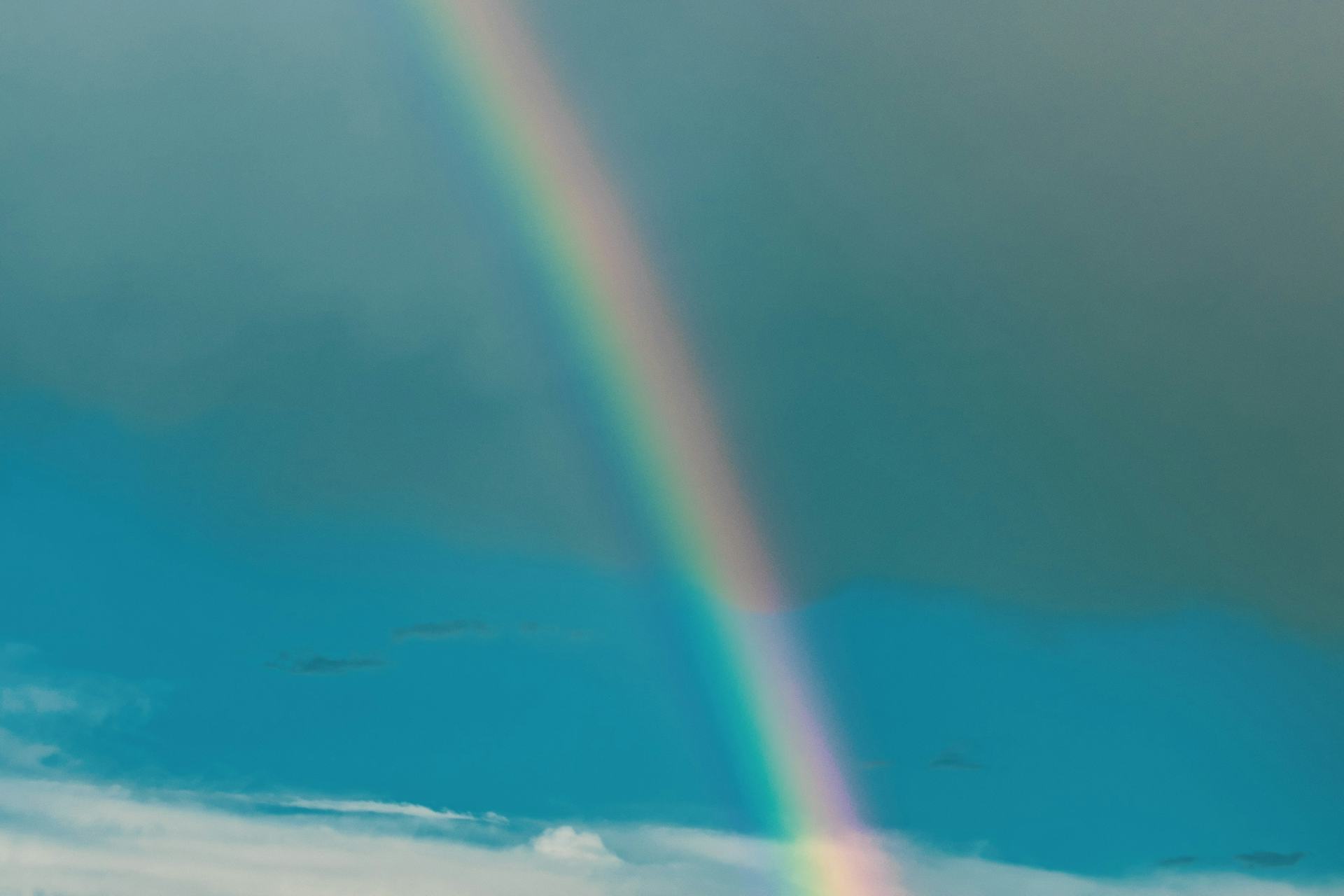Bifrost

Untitled (2020).
Mateus Campos FelipeUnsplashOverview
The legendary Bifrost was a rainbow-colored bridge that connected Asgard to Midgard, giving the Norse gods access to the realm of mortals. Ever-vigilant Heimdall, an Aesir god with keen eyesight, guarded the entrances to the bridge, and stood ready to sound the Gjallarhorn should enemies slip by. According to the prophecies of Ragnarok, Heimdall would blow the Gjallarhorn when the armies of the jotunn invaded Asgard, and the Bifrost would crumble in the ensuing battle.
Etymology
The term “Bifrost” likely evolved from the more archaic Bilrost. The consistent element, rost, means “rainbow.” The term bil meant “momentary,” implying something fleeting, while the term bifa meant “to shake, quaver, or shimmer,” likewise suggesting the vulnerability of the bridge. Bifrost, then, translates as “the shimmering bridge,” or the “bridge that is only briefly there.” The bridge had much in common with an actual rainbow.
Mythology
Most mentions of the Bifrost in Norse mythology connect it to Ragnarok and the end of times. For example, in Snorri Sturluson’s Gylfaginning, the character Gangleri asked Harr how the gods accessed Midgard. Harr’s answer made the existence of Bifrost seem like common knowledge, just as it linked the Bifrost firmly to Ragnarok (when “the sons of Muspell” go harrying):
‘Now, that is not wisely asked; has it not been told thee, that the gods made a bridge from earth, to heaven, called Bifröst? Thou must have seen it; it may be that ye call it rainbow. It is of three colors, and very strong, and made with cunning and with more magic art than other works of craftsmanship. But strong as it is, yet must it be broken, when the sons of Múspell shall go forth harrying.’[1]
Passages of the Poetic Edda hinted cryptically at the Bifrost’s destruction during Ragnarok. In the Fáfnismál, Fafnir told the mortal Sigurd (Siegfried, in later Germanic lore) that the Bifrost would fall during the final confrontation between the gods and jotunn:
‘Oskopnir is it, where all the gods Shall seek the play of swords; Bilrost breaks when they cross the bridge, And the steeds shall swim in the flood.’[2]
The Grímnismál also mentioned Bifrost in a passage regarding Ragnarok, albeit in even more obscure language. The passage in question described Thor’s efforts to reach Yggdrasil after the bridge had been destroyed. Without the easy access provided by the Bifrost, Thor would have to wade through dangerous waters:
Kormt and Ormt and the Kerlaugs twain Shall Thor each day wade through, (When dooms to give he forth shall go To the ash-tree Yggdrasil;) For heaven's bridge burns all in flame, And the sacred waters seethe.[3]
Pop Culture
The films of the Marvel Cinematic Universe—such as the Thor and Avengers films—depicted the Bifrost as a bridge operated by a sword, giving Thor access to distant locations in the cosmos, Earth especially. In Thor (2011), the character Jane Foster claimed that the Bifrost was an Einstein-Rosen bridge, a wormhole that shrinks space and condenses time.